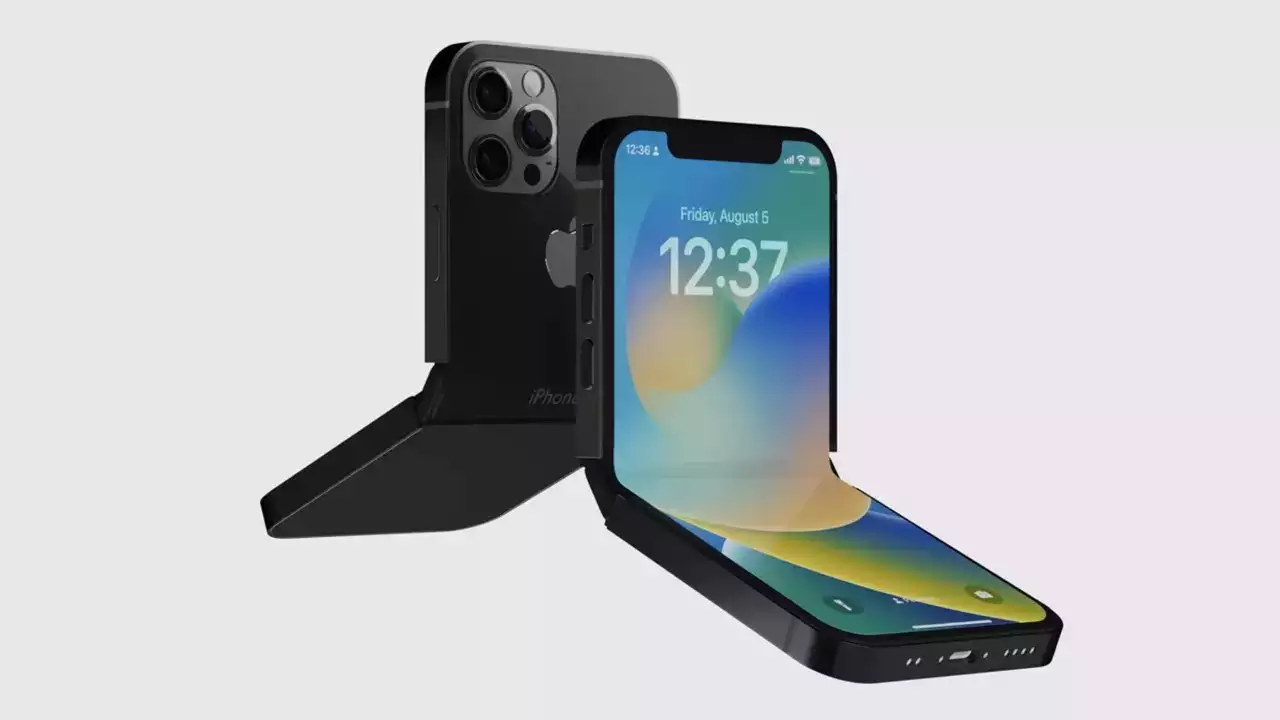Apple Patent Suggests Self-Repairing Screens: Innovative Scratch-Resistant Display Technology

Exciting news for Apple enthusiasts as a recent patent application filed by the tech giant suggests a groundbreaking development in display technology. The patent hints at the possibility of self-repairing screens, introducing an innovative scratch-resistant display technology that could revolutionize the durability of Apple devices.
According to the patent application, Apple aims to address the common issue of screen scratches and damages by incorporating a self-repairing mechanism into their devices. This technology would allow the display to autonomously repair minor scratches and blemishes, ensuring a pristine user experience.

The patent outlines a unique approach to screen repair, involving the use of shape memory polymer. This polymer has the remarkable ability to return to its original shape when exposed to certain stimuli, such as heat or light. By integrating this material into the display, Apple aims to create a protective layer that can heal itself by removing or reducing the visibility of scratches over time.
The self-repairing mechanism works by utilizing the heat generated by the device itself or through external sources, such as wireless charging pads or specialized accessories. When the display detects a scratch or damage, it activates the shape memory polymer, which then undergoes a reversible change in shape to fill in the affected area. This process effectively smoothens out the surface and diminishes the visibility of the scratch.
This innovative technology is poised to greatly enhance the durability and longevity of Apple devices, as it offers a proactive solution to the common issue of screen scratches. With self-repairing screens, users can enjoy their devices without the constant worry of minor damages compromising their visual experience.
While the patent application is an exciting development, it is worth noting that the implementation of this technology in consumer devices is still uncertain. Apple has a history of filing numerous patents that may or may not make it into their final product lineup. However, the existence of this patent indicates Apple’s commitment to pushing the boundaries of technology and exploring innovative solutions to improve user experiences.
If this self-repairing screen technology becomes a reality, it could have a significant impact not only on the durability of Apple devices but also on the wider smartphone industry as a whole. The ability to autonomously repair minor damages could potentially reduce the need for screen protectors and third-party repairs, providing users with a more convenient and cost-effective solution.
Apple’s dedication to enhancing the user experience has always been a driving force behind their product innovations. From the introduction of Retina displays to the implementation of Face ID, Apple continues to push boundaries and set new standards in the industry. The potential addition of self-repairing screens to their repertoire further solidifies their commitment to delivering cutting-edge technology that meets the evolving needs of their customers.
As with any patent application, it is important to manage expectations and wait for official announcements from Apple regarding the incorporation of this technology into their devices. While the prospect of self-repairing screens is undoubtedly exciting, it is essential to monitor future developments and stay tuned for any updates from Apple.
Apple’s dedication to research and development, coupled with their commitment to innovation, positions them as one of the leading players in the tech industry. The possibility of self-repairing screens showcases their unwavering pursuit of excellence and their relentless drive to push the boundaries of what is possible.
As Apple enthusiasts eagerly await further details on this patent and its potential impact on future devices, the tech world watches with anticipation, curious to witness the evolution of display technology and its potential to transform user experiences.





